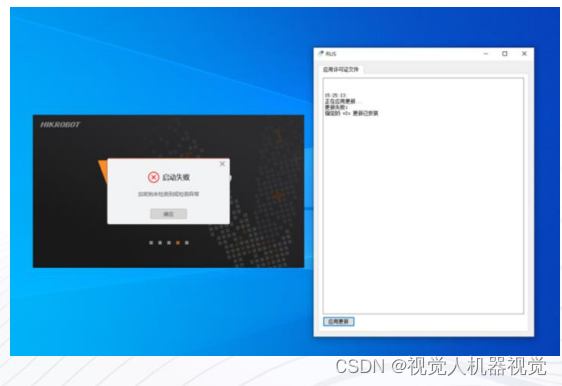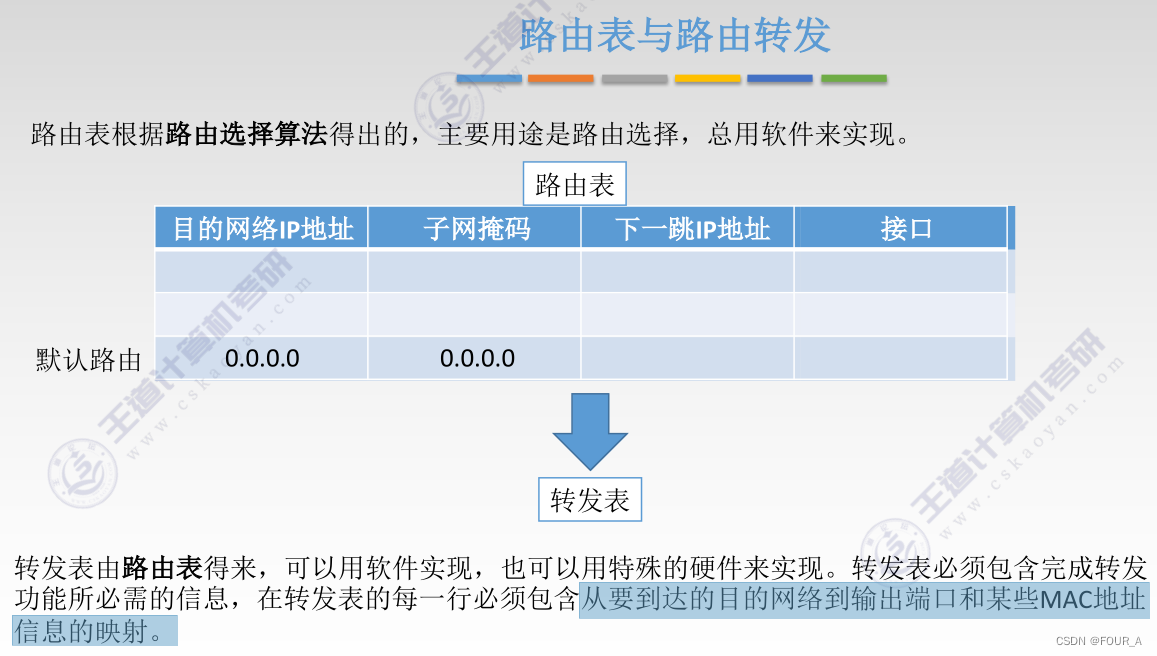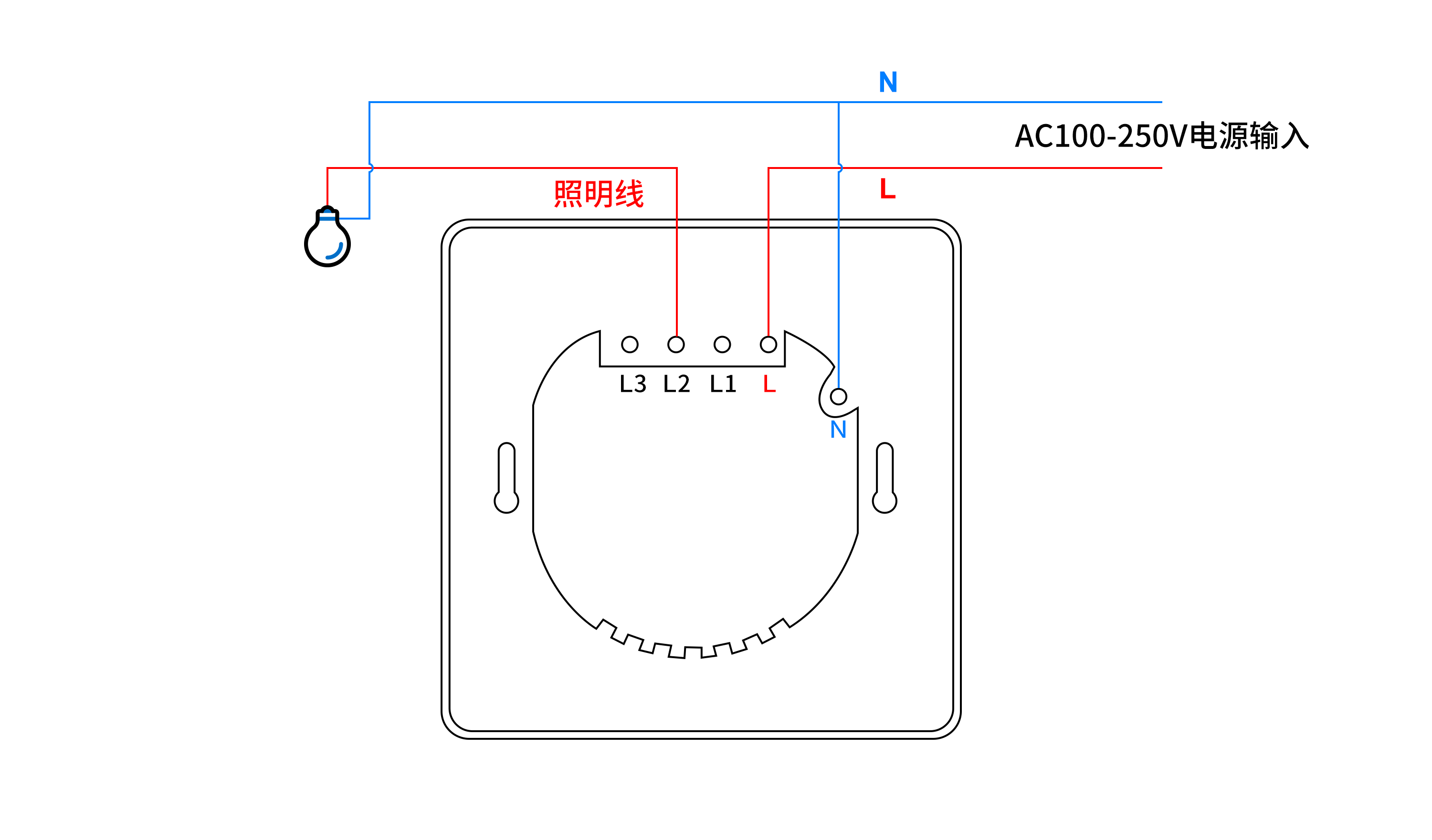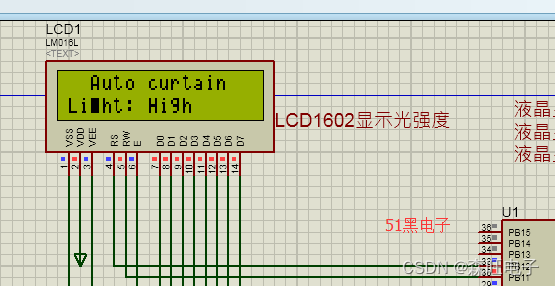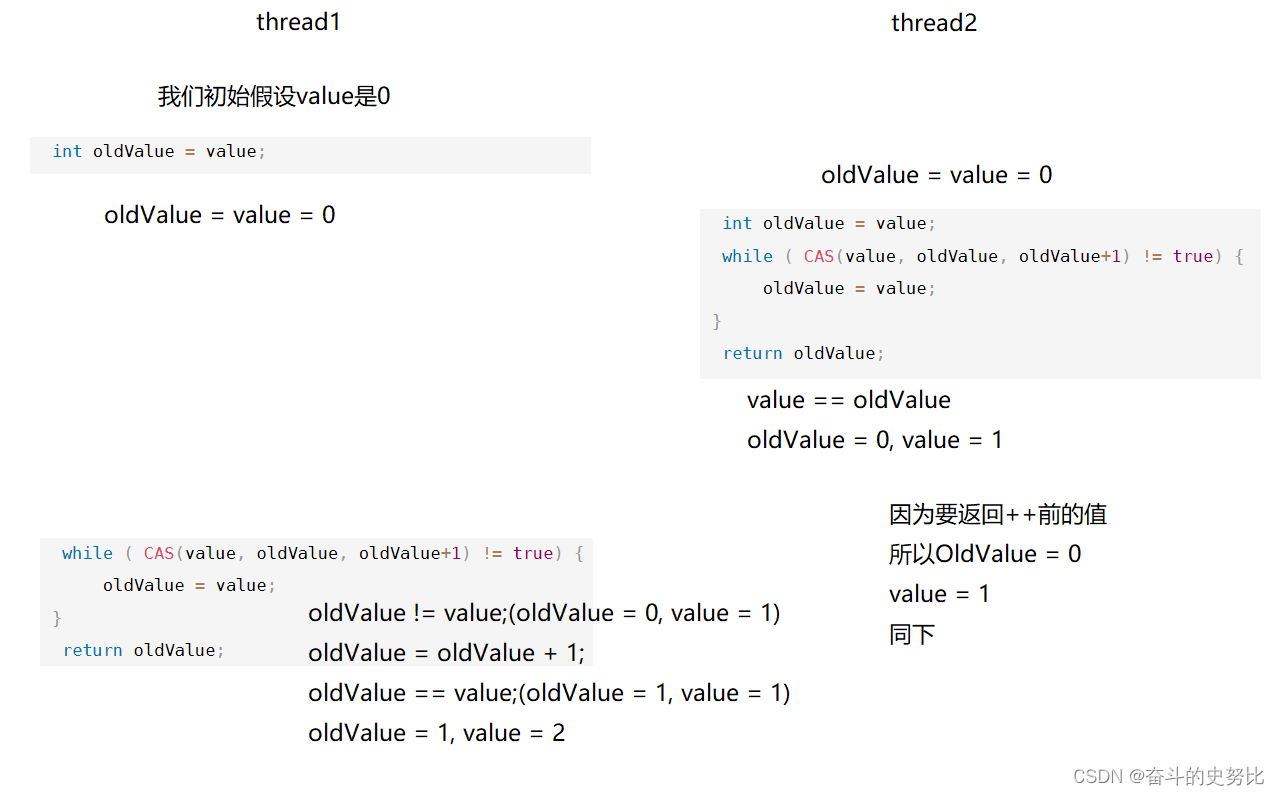List
参考文章: https://blog.csdn.net/weixin_45389639/article/details/121618243
List源码
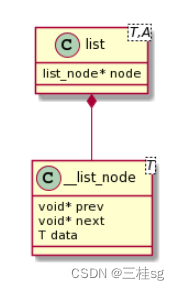
List中节点的定义:
list是双向列表,所以其中节点需要包含指向前一节点和后一节点的指针, data是节点中存储的数据类型
template <class _Tp>
struct _List_node {
typedef void* _Void_pointer;
_Void_pointer _M_next;
_Void_pointer _M_prev;
_Tp _M_data;
};
List列表的定义
template<class T,class Alloc=alloc>
class list
{
protected:
typedef __list_node<T> list_node;
public:
typedef list_node* link_type;
typedef __list_iterator<T,T&,T*>iterator;
protected:
link_type node;
...
}
list(双向链表),在GNU2.9源码中,list类中维护了node这个属性,这个属性就是一个包含两个指针prev、next和当前data的结构体。基于容器都要满足前闭后开的原则,在list的头部会添加一个灰部地带,begin()获得灰部地带下一个节点,end()获得灰部地带。
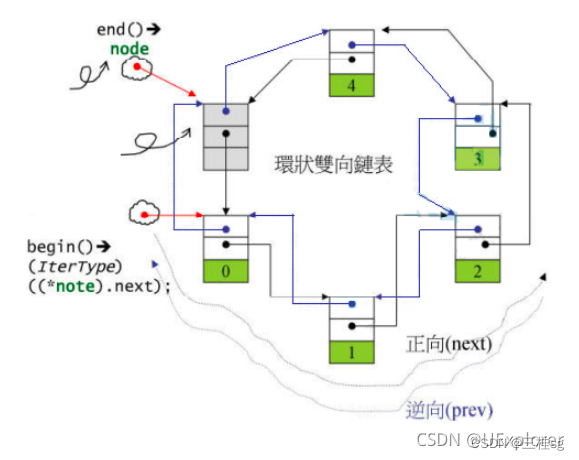
List迭代器
list_iterator其中定义了5种参数,这五种参数是为了Iterator traits做准备
在STL的算法中,需要传入容器的迭代器,然后根据推断判断出迭代器的类型。
- bidirectional_iterator_tag :指明迭代器类别,双向列表指针迭代器、单向列表指针迭代器、任意方向链表指针迭代器
- T(value_type):迭代器指向的数据类型
- ptrdiff_t(difference_type) 两个迭代器之间的距离,用什么type表现
- ptr(pointer) 后两个,在此版本中没有使用
- Ref(reference)
迭代器源码
// __list_iterator源码
template<class T,class Ref,class Ptr>
struct __list_iterator
{
typedef __list_iterator<T,Ref,Ptr> self;
typedef bidirectional_iterator_tag iterator_category;
typedef T value_type;
typedef Ptr pointer;
typedef Ref reference;
typedef __list_node<T>* link_type;
typedef ptrdiff_t difference_type;
link_type node;
reference operator*()const{return *(node).data;}
pointer operator->()const{return &(operator*());}
self& operator++(){
node = (link_type)(*node).next;
return *this;
}
self operator++(int){
self temp = *this;
++*this;
return temp;
}
...
};
迭代器萃取机Iterator traits
template<typename _ForwardIterator>
inline void rotate(_ForwardIterator __first,_ForwardIterator __middle,_ForwardIterator __last){
...
std::__rotate(__first,__middle,__last,std::__iterator_category(__first));
}
template<typename _Iter>
inline typename iterator_traits<_Iter>::iterator_category __iterator_category(const _Iter&){
return typename iterator_traits<_Iter>::iterator_category();
}
迭代器是算法和容器的桥梁
算法执行,需要获取迭代器包含的5种类型的参数
如上述所示为算法rotate的部分代码,可知算法内部还需要做Iterator类型获取操作
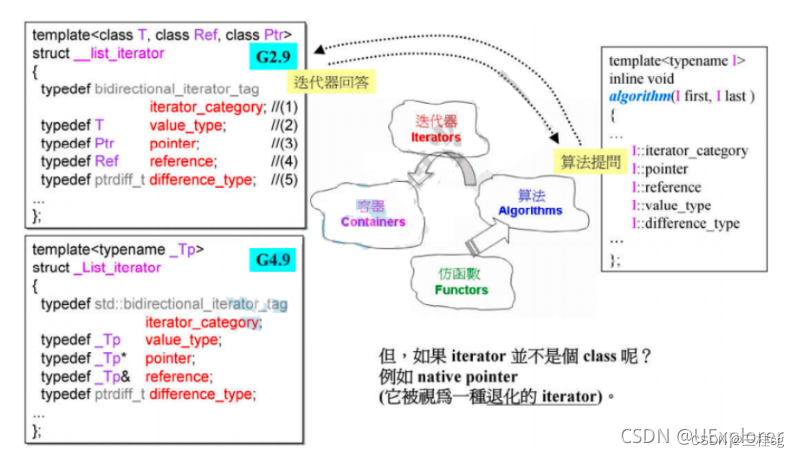
同时为了考虑兼容性的问题,就在迭代器和算法之间加了一中间层"萃取机"(traits),同时也是为了用它来辨别iterator是class类型还是non-class(指针)类型
那么问题来了,traits是如何分辨class和non-class类型的iterator呢?答案是partial specialization(模板的偏特化)。
// iterator为class类型,直接取默认泛型
template<class I>
struct iterator_traits {
typedef typename I::iterator_category iterator_category;
typedef typename I::value_type value_type;
typedef typename I::difference_type difference_type;
typedef typename I::pointer pointer;
typedef typename I::reference reference;
};
// iterator为指针
template<class T>
struct iterator_traits<T *> {
typedef random_access_iterator_tag iterator_category;
typedef T value_type;
typedef ptrdiff_t difference_type;
typedef T* pointer;
typedef T& reference;
};
// iterator为常量指针
template<class T>
struct iterator_traits<const T *> {
typedef random_access_iterator_tag iterator_category;
typedef T value_type;
typedef ptrdiff_t difference_type;
typedef const T* pointer;
typedef const T& reference;
};
其中value_type的主要目的是用来声明变量,而声名一个无法被赋值的变量没什么用,所以iterator(即使是const iterator)的value_type不应加上const。
